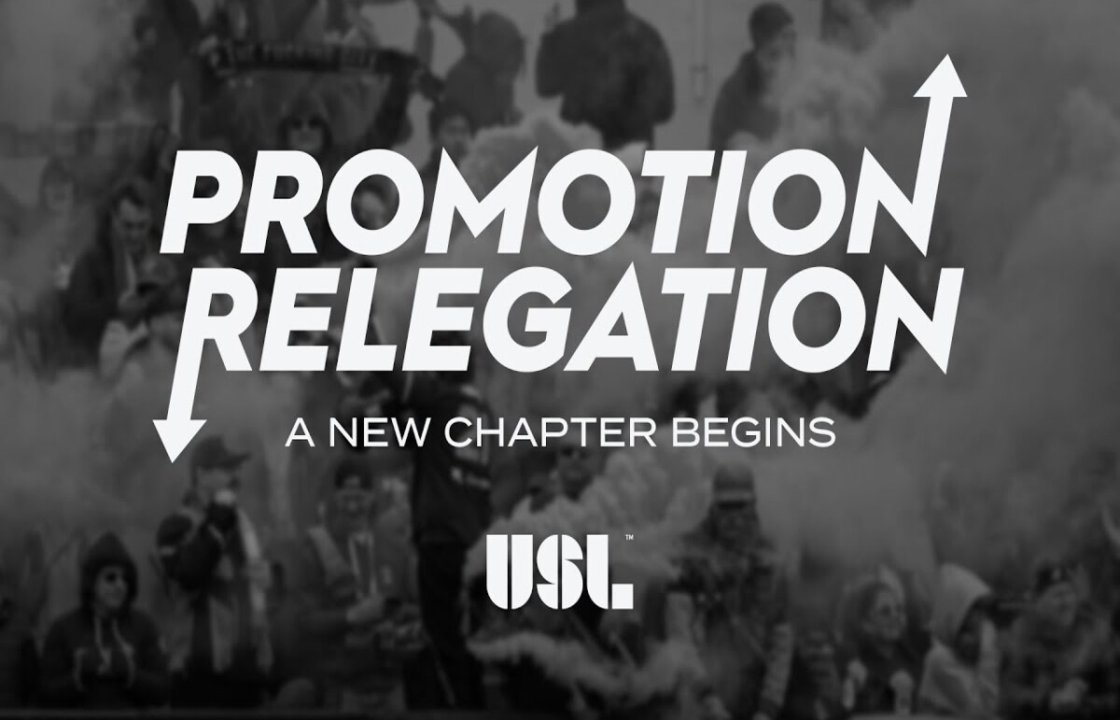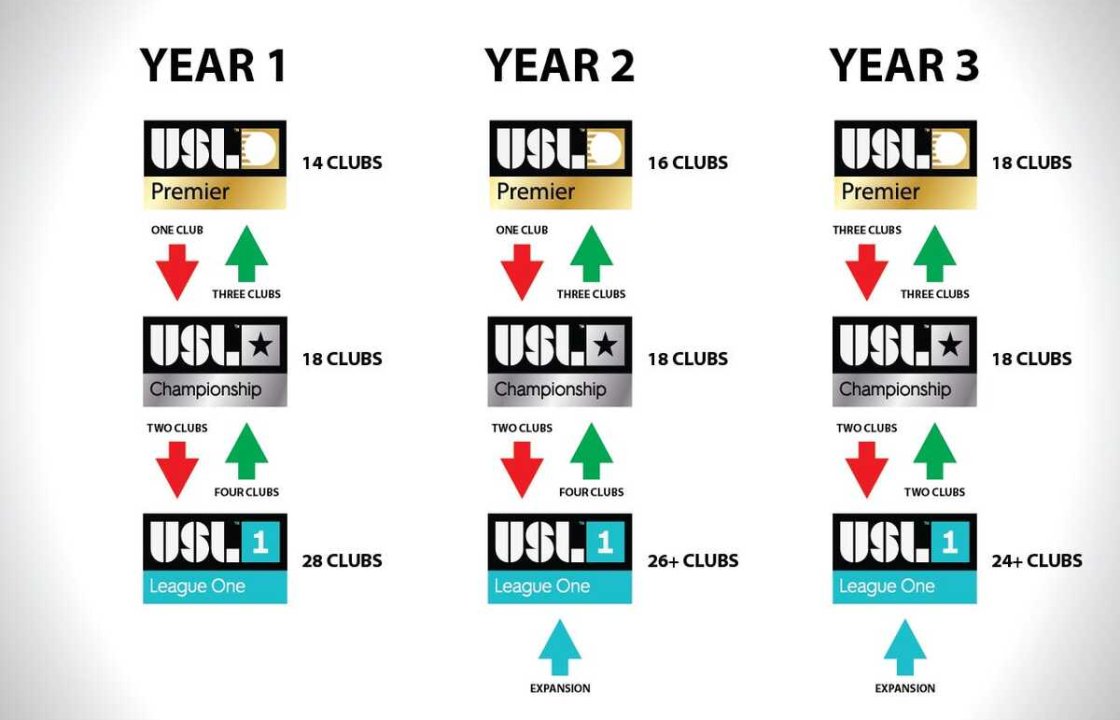The landscape of American soccer has always been unique, but the ongoing debate around structural reform—especially the potential adoption of promotion and relegation in the United Soccer League (USL)—is gaining serious momentum.
A System Rooted in Tradition
In most of the world’s soccer leagues, promotion and relegation are sacred traditions. Clubs are rewarded or punished not by business models or franchise fees, but by performance on the field. This system makes competitions unpredictable, fosters passionate fanbases, and allows small clubs with ambition to climb toward the top. In Europe, Latin America, and Asia, this structure is deeply embedded in soccer culture.
In contrast, the United States has long operated under a closed system, one modeled more after the NFL, NBA, and MLB, where franchises buy into a league and maintain their spot regardless of performance. While this approach provides stability, it also limits the competitive drama and the grassroots growth that other countries thrive on.
Why the USL Is at the Center of the Debate
The USL (United Soccer League), which includes both the Championship and League One divisions, has emerged as the epicenter of this discussion. Unlike Major League Soccer (MLS), which maintains a strictly closed system, the USL has been exploring the possibility of introducing promotion and relegation between its tiers. This idea represents a massive cultural and operational shift for American soccer.
If implemented, it would mean that teams earning success on the field could rise to the Championship, while underperforming teams would be relegated to League One. The drama, tension, and excitement this would create could revolutionize lower-league soccer in the U.S.

The Case for Promotion and Relegation
Supporters of this reform argue that it creates a true meritocracy. Teams cannot simply exist by paying expansion fees or having wealthy owners; they must prove themselves each season. Fans often argue that this would bring a much-needed sense of authenticity to American soccer.
Moreover, local communities could rally around their teams with the belief that hard work and success might one day lead them to the top tier. Imagine a small-market team in Kentucky or New Mexico climbing the ladder to compete with bigger, established clubs. This would deepen connections between teams and their communities, elevating the sport’s profile nationwide.
From a player development perspective, this system could be transformative. Players in lower leagues would have more meaningful matches, competing for real stakes rather than playing out a season with little consequence. This pressure-cooker environment is crucial in shaping resilient, high-level players.
The Challenges of Reform
Yet, structural reform is not simple. The closed league model in the U.S. was built with financial stability in mind. Owners invest millions in infrastructure, player salaries, and stadiums with the assurance that their teams will not be demoted. If relegation were introduced, many fear it would deter investment, as a drop to a lower tier could devastate a club’s finances.
There are also broadcasting and sponsorship concerns. Media companies want predictability; they pay for rights to showcase marquee matchups featuring big clubs. With promotion and relegation, these big teams could theoretically disappear from the top league. Would sponsors and networks still commit the same dollars in such an uncertain environment?
Another obstacle lies in infrastructure requirements. Not all lower-league teams have the facilities to compete at the Championship level. Stadium size, training grounds, and travel budgets would all come into question. For a true promotion and relegation system to work, the USL would need to create clear standards and provide financial support mechanisms for promoted teams.

Global Lessons for the USL
The USL can look abroad for inspiration. Countries like Japan and Australia faced similar debates when developing their professional soccer structures. Japan’s J-League successfully integrated promotion and relegation in the 1990s, and the system helped turn Japan into a rising soccer powerhouse.
Australia, on the other hand, has struggled with a closed system in its A-League, where critics argue that the lack of promotion and relegation has stunted both fan engagement and competitive intensity. These examples provide valuable lessons: promotion and relegation can fuel national soccer growth, but only if managed with thoughtful planning.
The Future of American Soccer
The question remains: can the USL’s experiment spark a wider revolution in American soccer? If successful, it could pressure MLS to reconsider its structure in the long term. While MLS is unlikely to adopt such reforms anytime soon, grassroots excitement could make it increasingly difficult for the league to ignore.
Ultimately, promotion and relegation would inject unpredictability, passion, and fairness into the American soccer ecosystem. The shift would not be easy, but the rewards for fans, players, and communities could be immense.
Connecting with What We Do at SIA Academy
At SIA Academy, the principles behind promotion and relegation resonate deeply with our philosophy. Just as teams must fight for their place in a higher division, our players are constantly challenged to earn their opportunities through performance, discipline, and development. Every training session, match, and showcase represents a chance to prove themselves, much like clubs striving for promotion.
We emphasize competition, resilience, and ambition, preparing players to thrive in environments where results matter. The ongoing debate about structural reform in U.S. soccer mirrors what we instill in our athletes: success is not given—it is achieved through effort, consistency, and the relentless pursuit of improvement.



